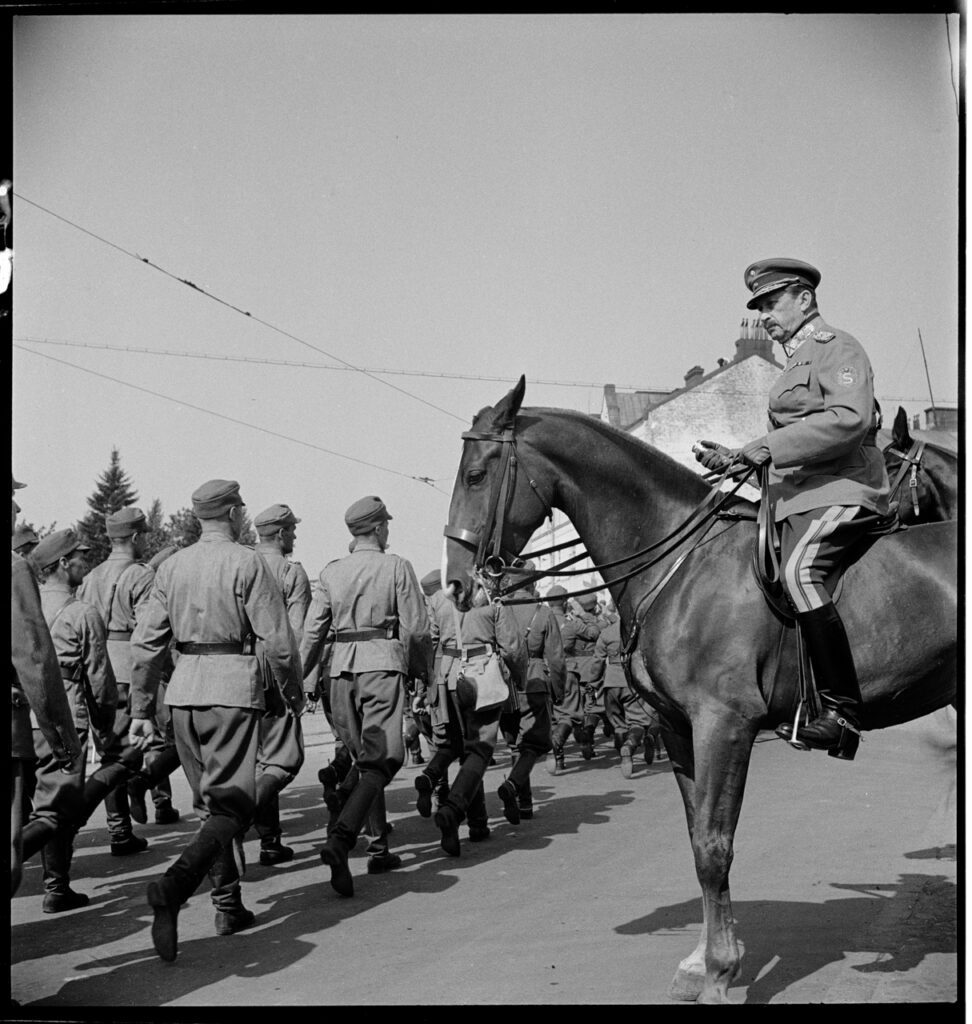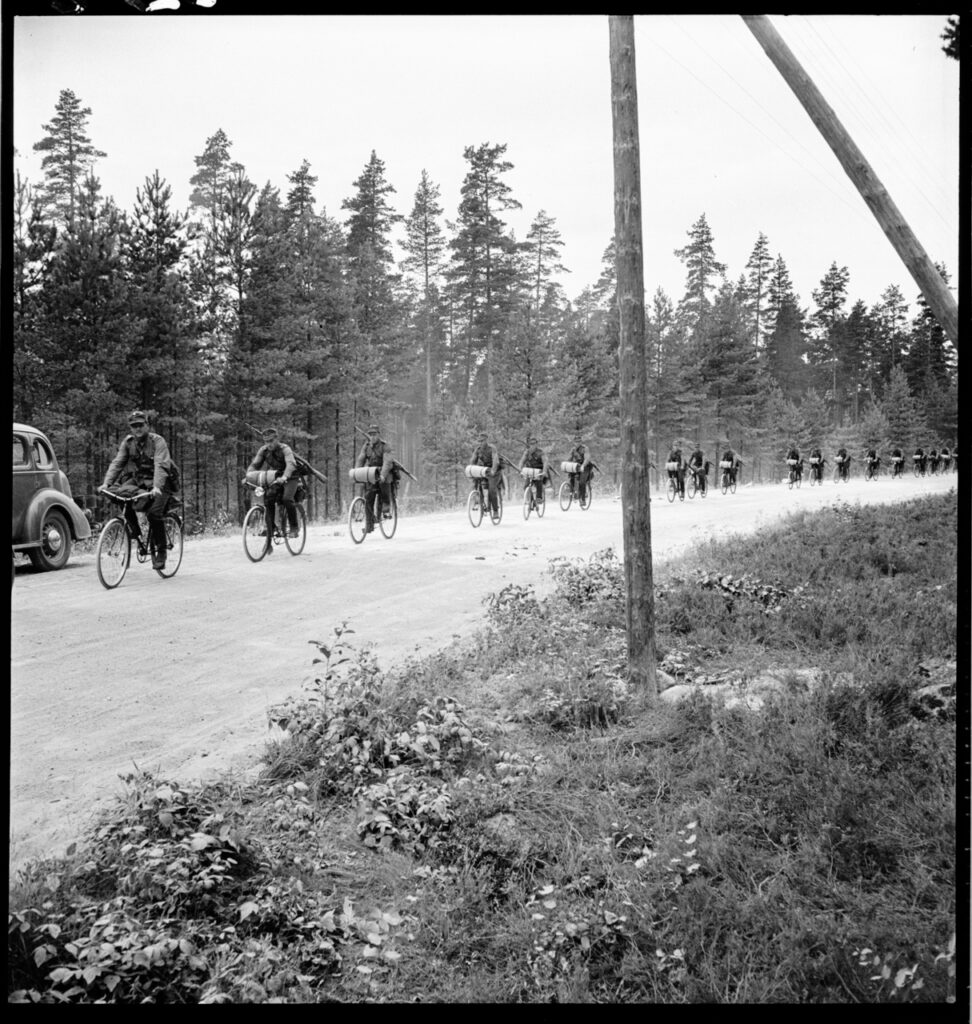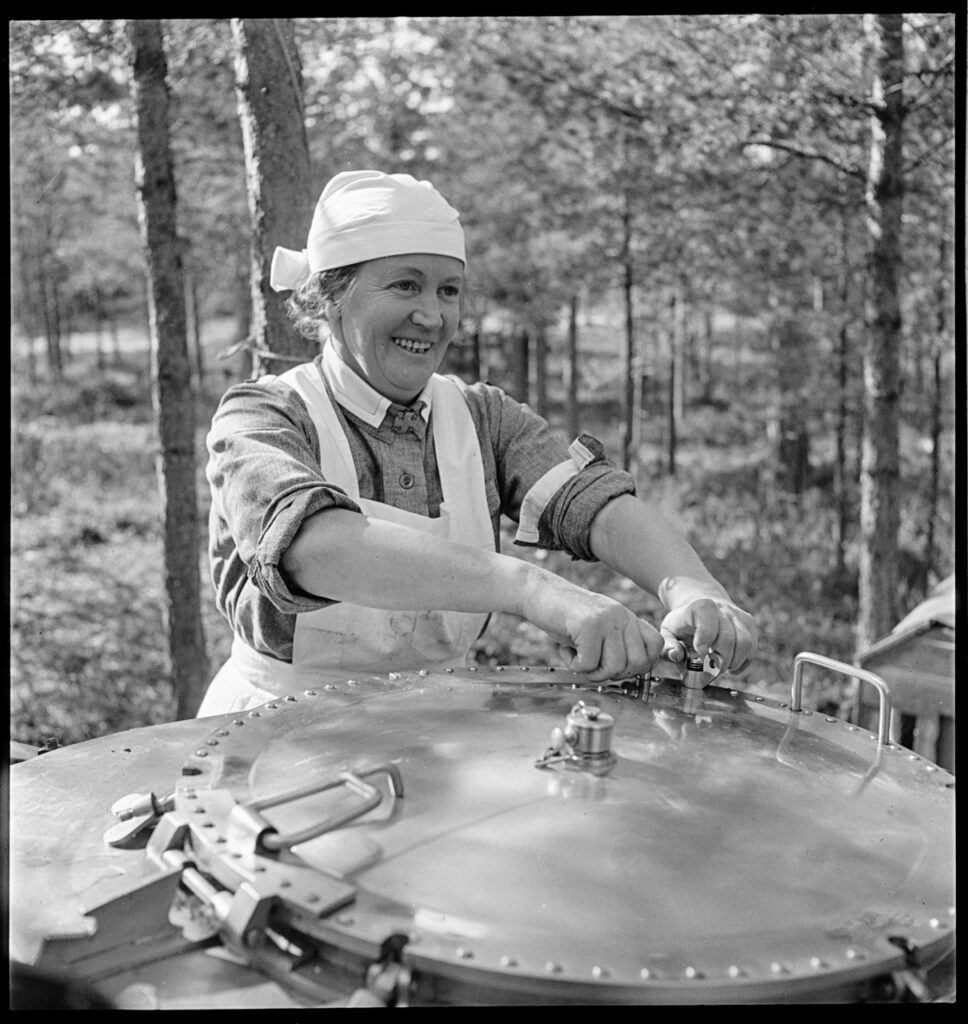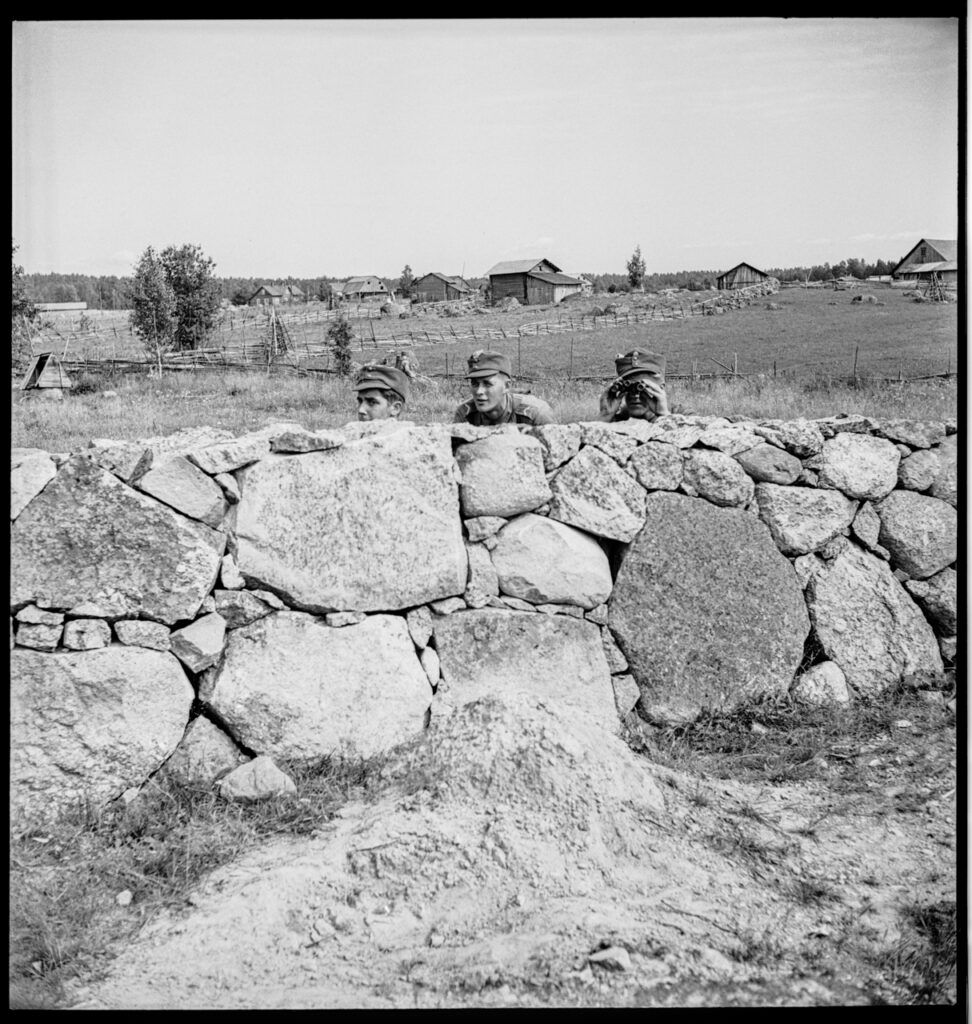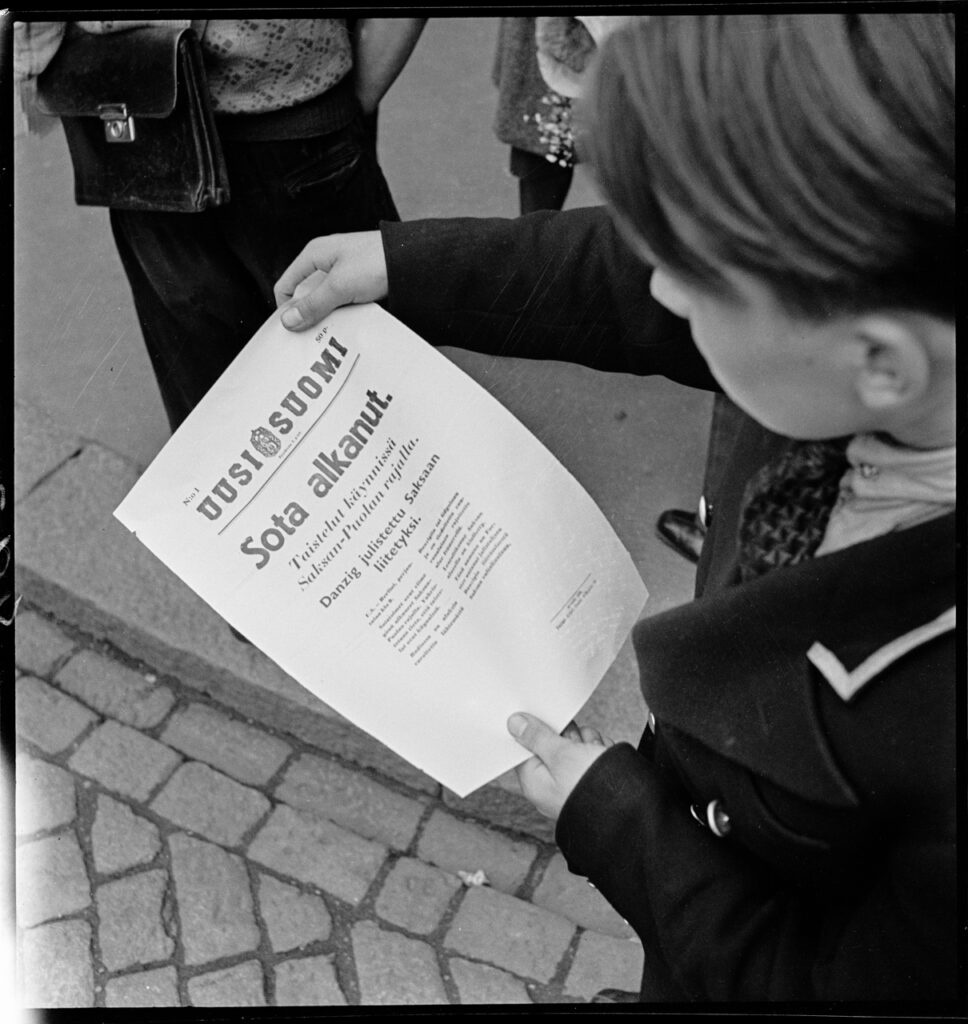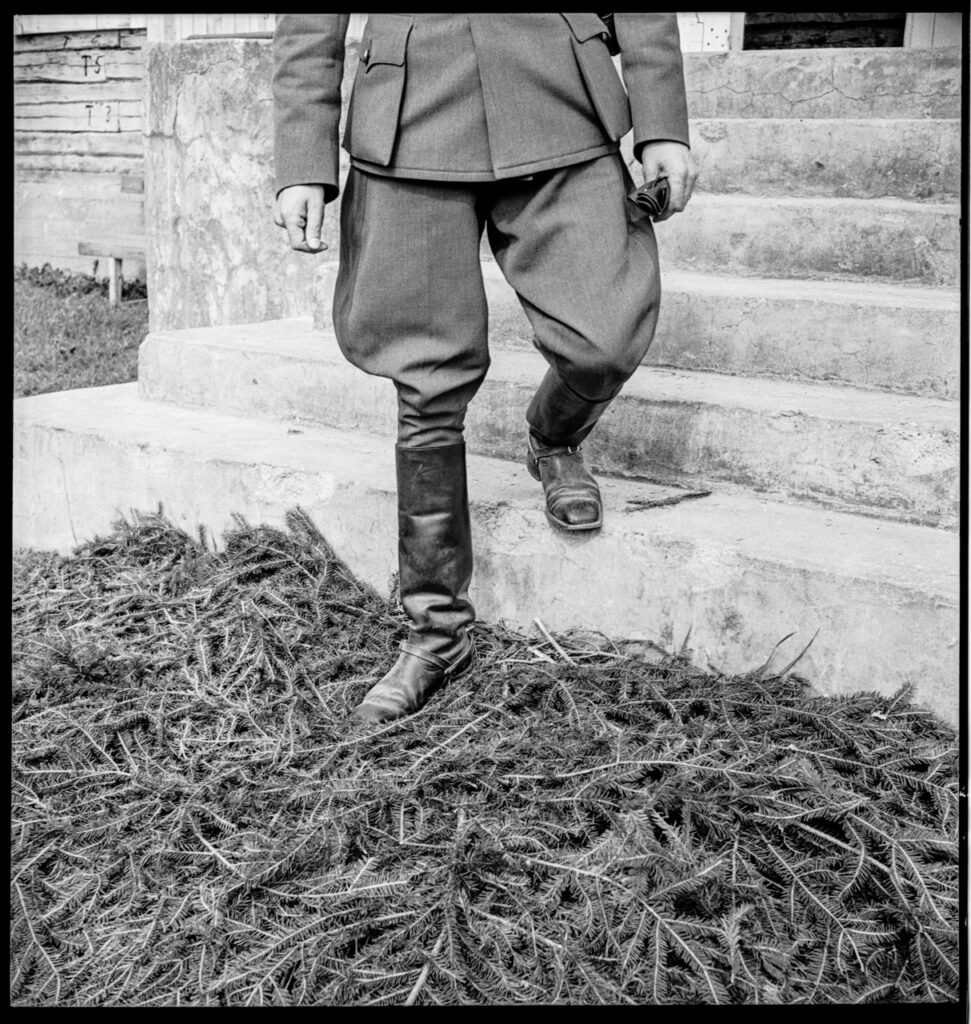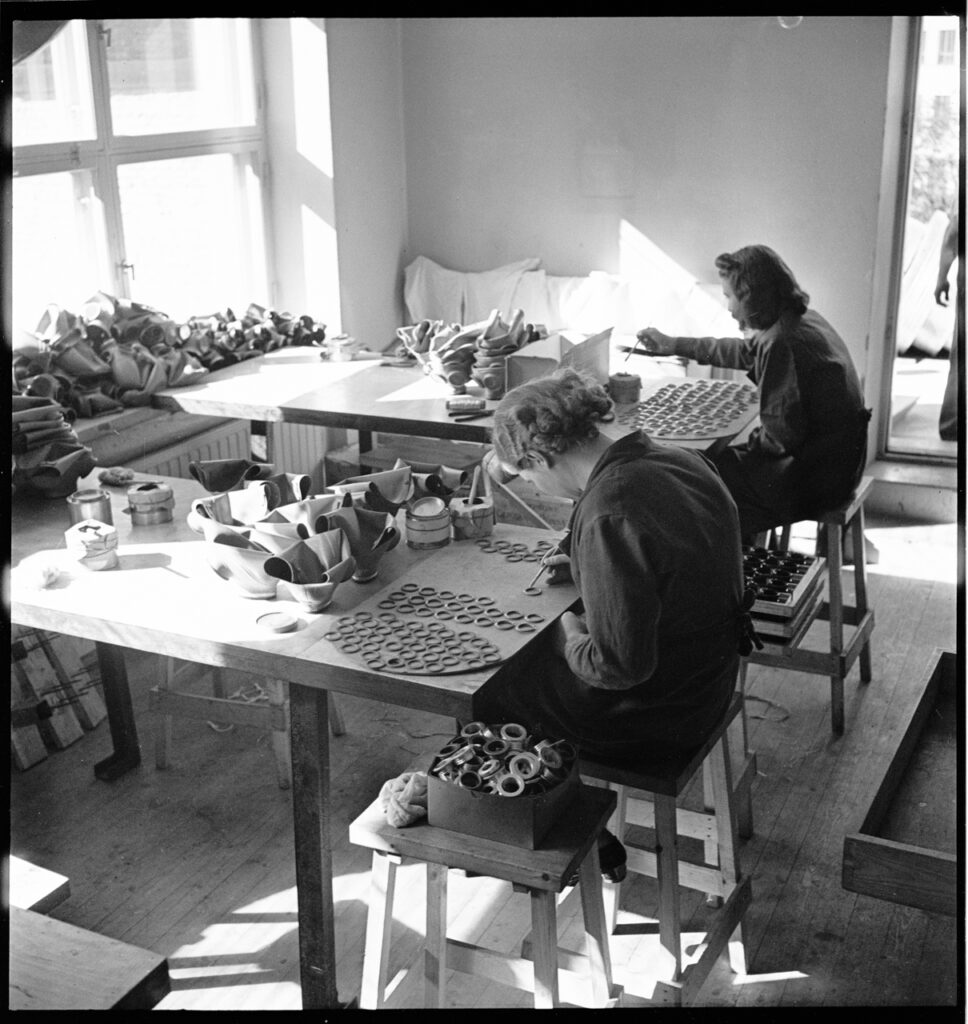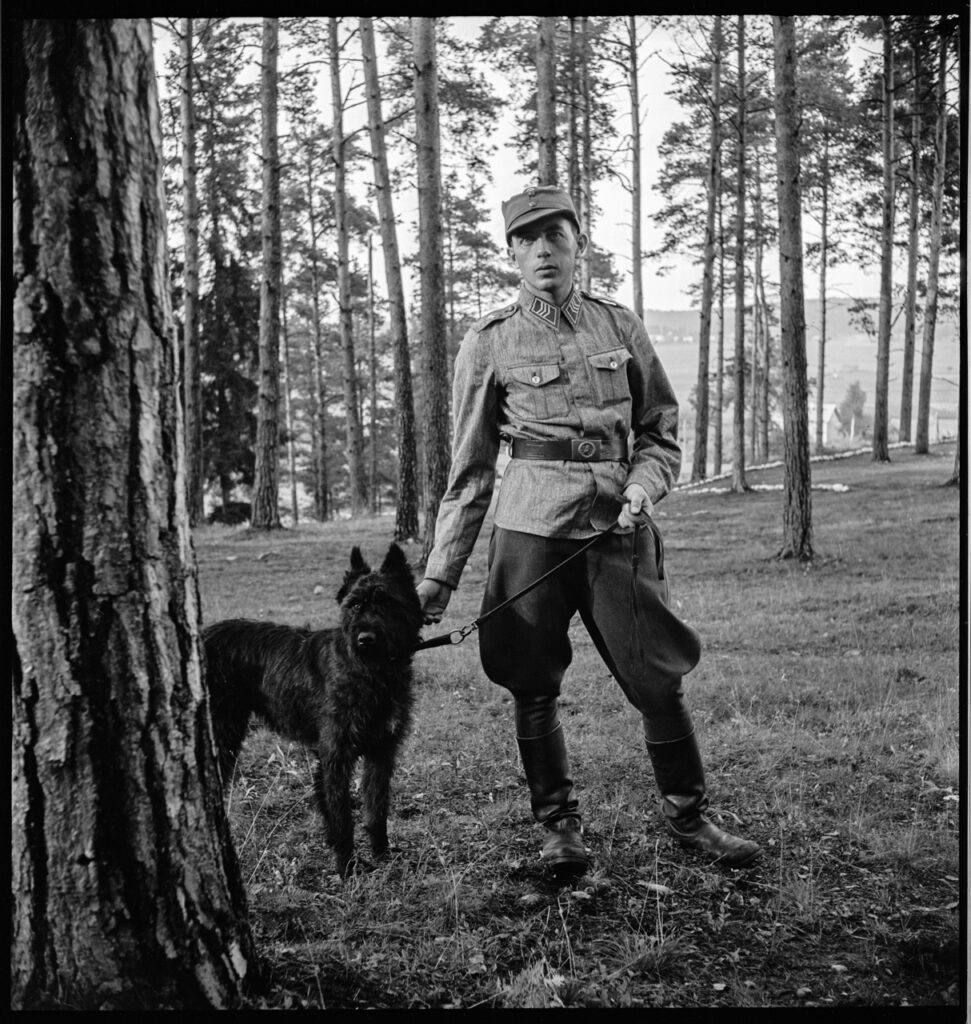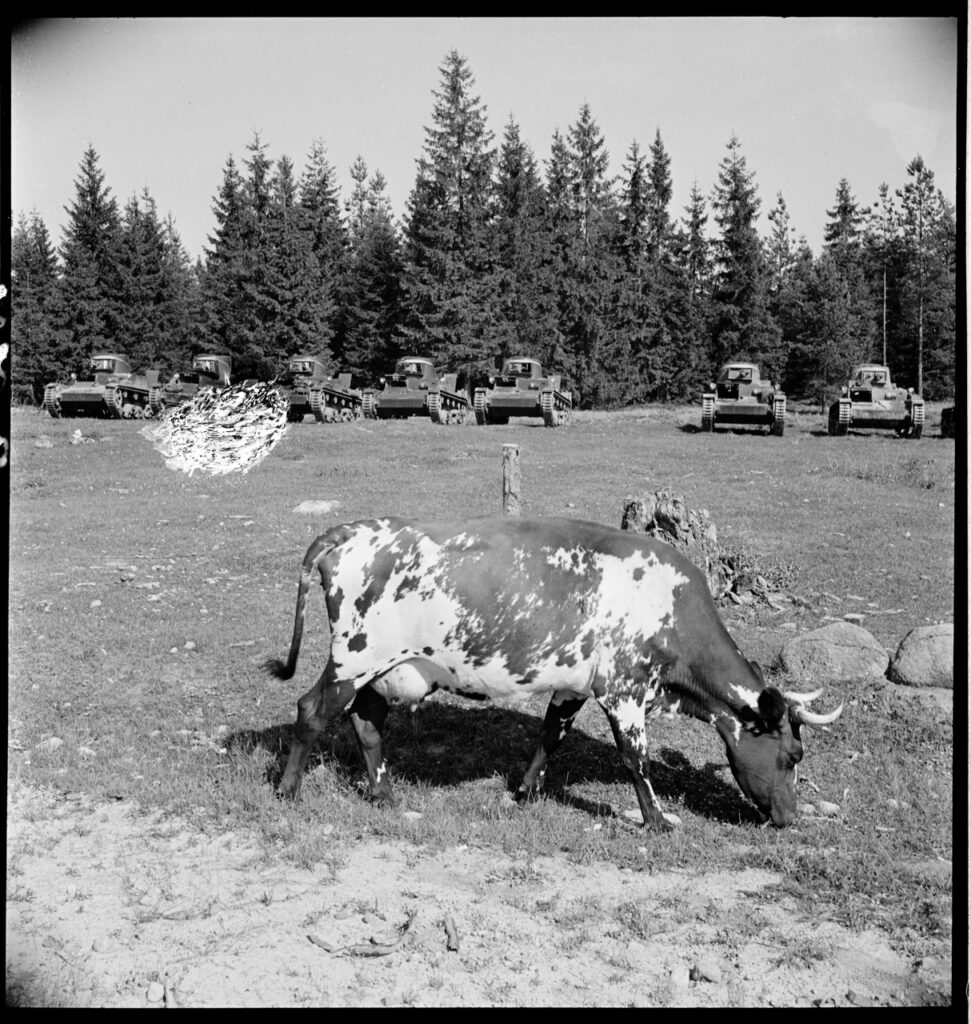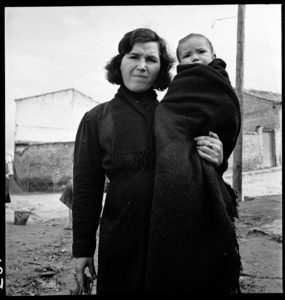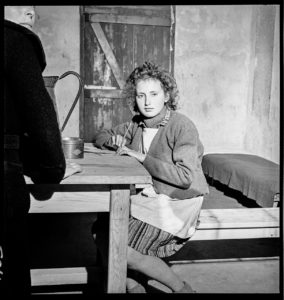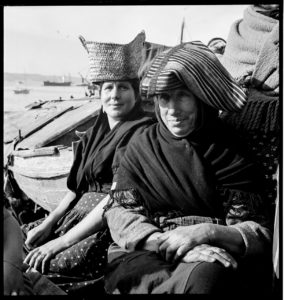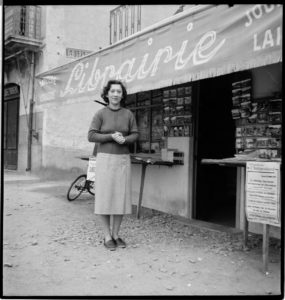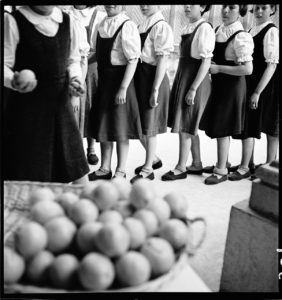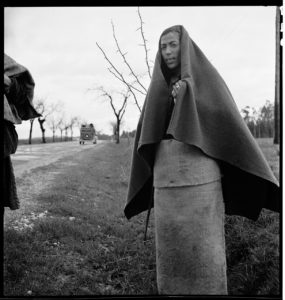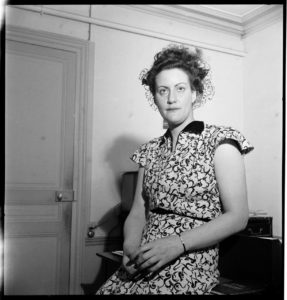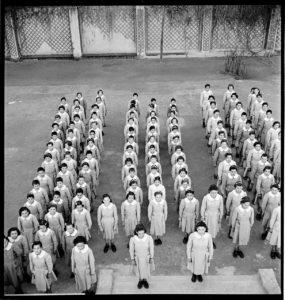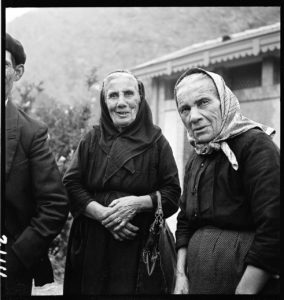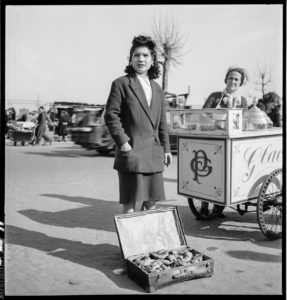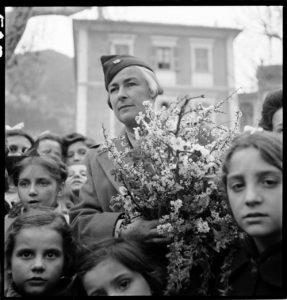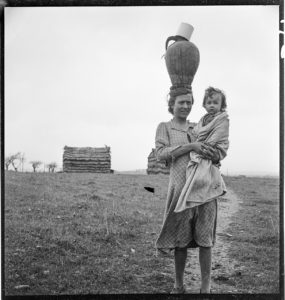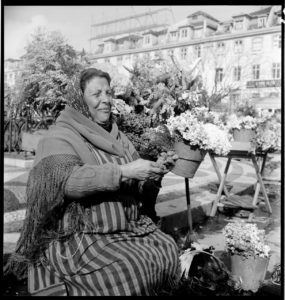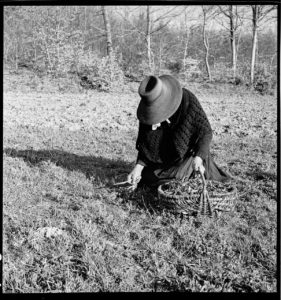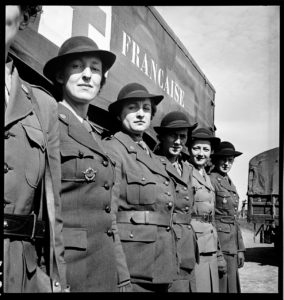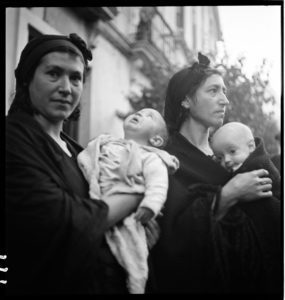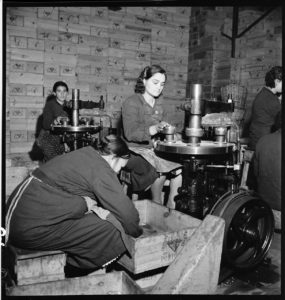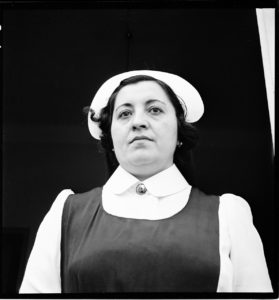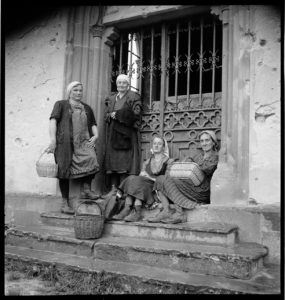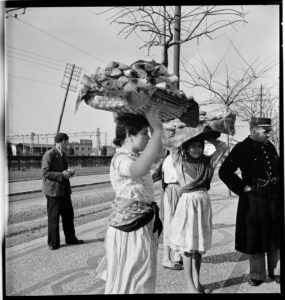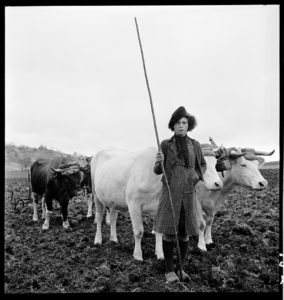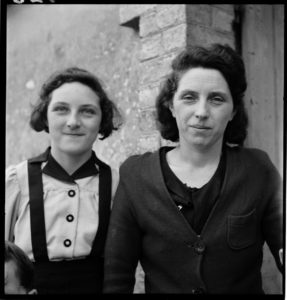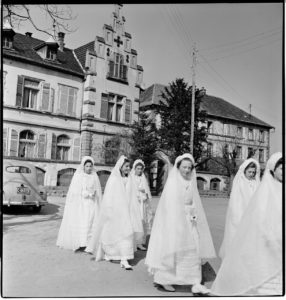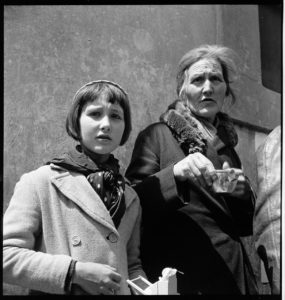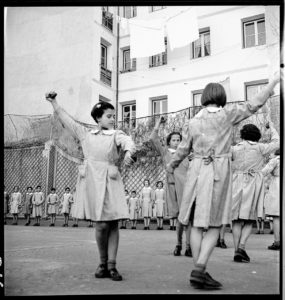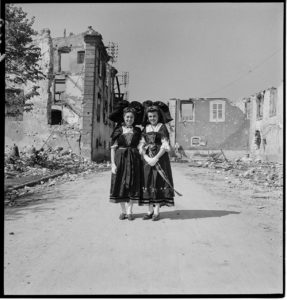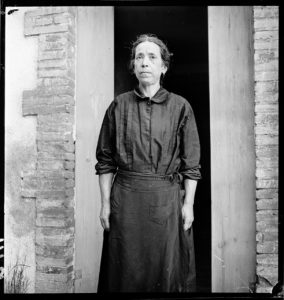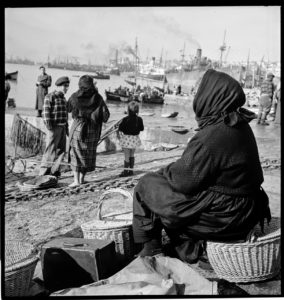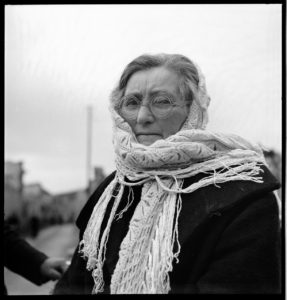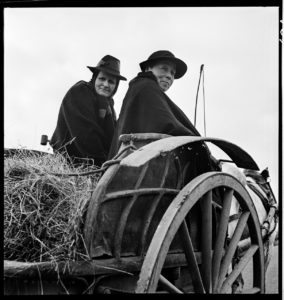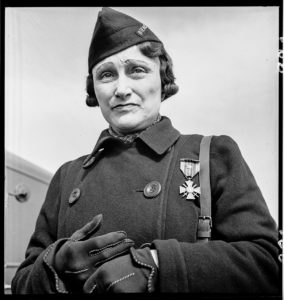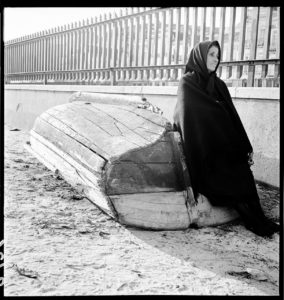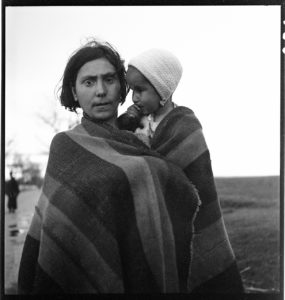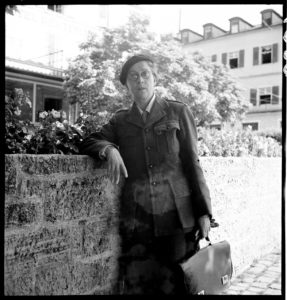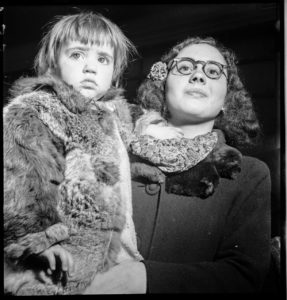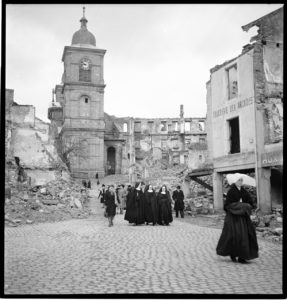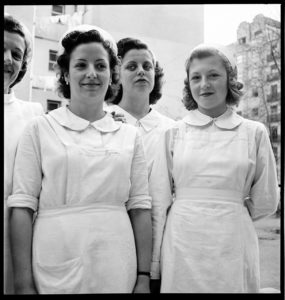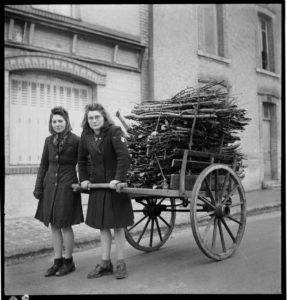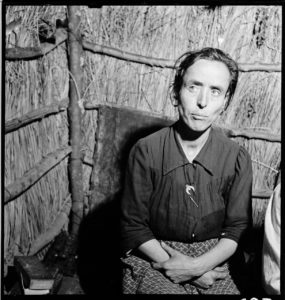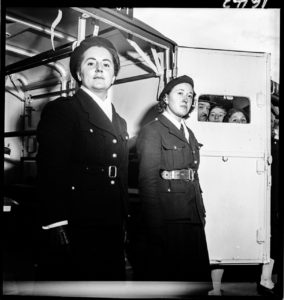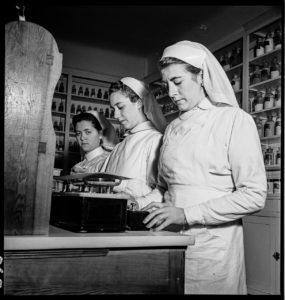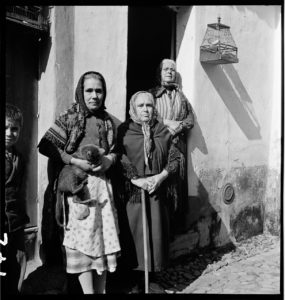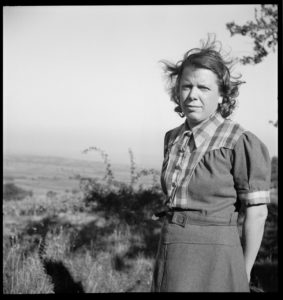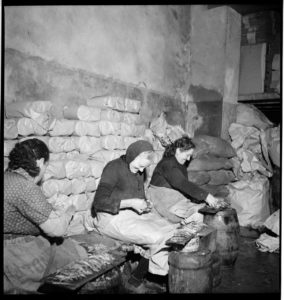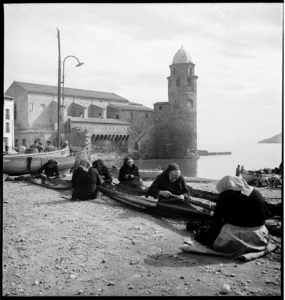Tag: World War II
Primary Sources: Propaganda collections
The Library recently acquired three collections of propaganda materials: two from World War II a collection of anti-Semitic materials published before the war.
This publication collection consists of over 1,000 air dropped and shelled leaflets and periodicals created and disseminated during the Second World War. The majority of items in this collection were printed by the Allies then air or container dropped, or fired by artillery shell over German occupied territory. Many leaflets and periodicals have original publication codes and were printed in over 10 languages. Only shelled leaflets, Germans to Allies (115 items), are in English.
Allied Propaganda in World War II and the British Political Warfare Executive
This collection presents the complete files of the Political Warfare Executive (PWE) kept at the U.K. National Archives as FO 898 from its instigation to closure in 1946, along with the secret minutes of the special 1944 War Cabinet Committee “Breaking the German Will to Resist.”
German Anti-Semitic Propaganda, 1909-1941
Comprised of 170 German-language books and pamphlets, this collection presents anti-Semitism as an issue in politics, economics, religion, and education. Most of the writings date from the 1920s and 1930s and many are directly connected with Nazi groups. The works are principally anti-Semitic, but include writings on other groups as well, including Jehovah’s Witnesses, the Jesuits, and the Freemasons.
From the Archives: Frank Inami
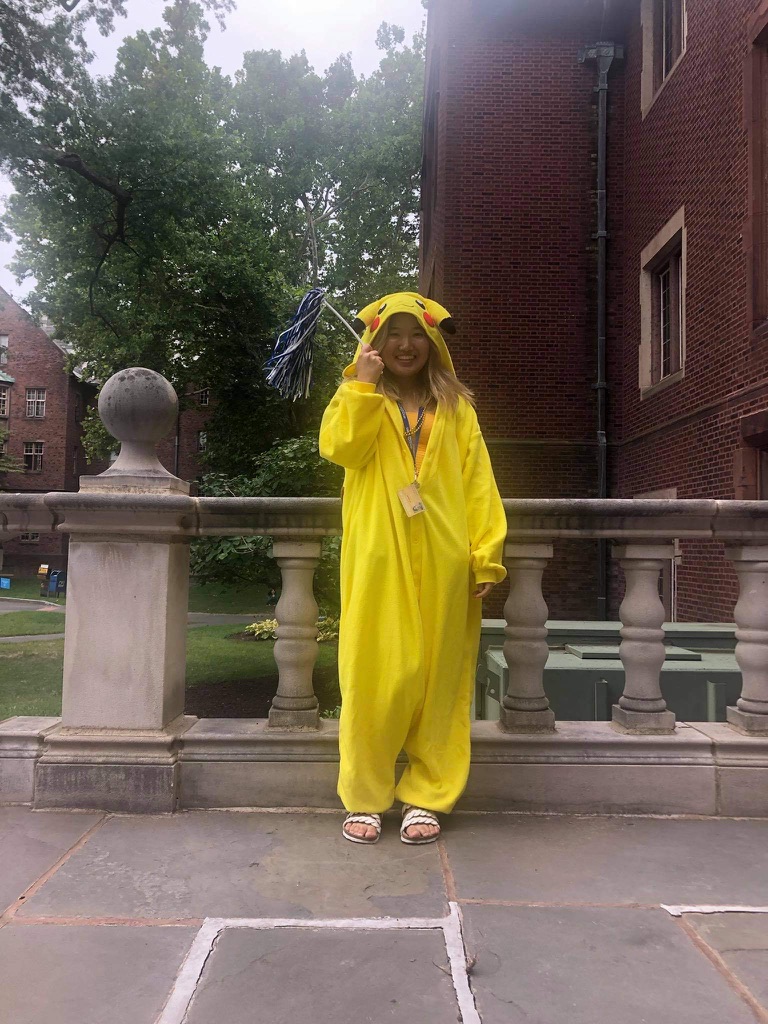
Sari Morikawa is an intern at the Oral History Center (OHC) of The Bancroft Library at UC Berkeley. She is a Mount Holyoke College history major with a keen interest in American history. Sari is being mentored by interviewer/historians Amanda Tewes and Roger Eardley-Pryor.
Reading Frank Inami’s oral history made me wonder about the persecution of Japanese Americans and the surprisingly recent freedoms of American citizens to marry whomever they love. Inami recorded his oral history in 2013 and 2014 with David Dunham and Candice Fukumoto as part of the Oral History Center’s Japanese American Confinement Sites and World War II American Home Front Oral History Projects.
Frank Inami, a Nisei Japanese American (second-generation Japanese American), was born in 1921 in the City of Madera in the Central Valley of California. Inami grew up on a vegetable farm and began attending UC Berkeley in 1939. During World War II, Inami’s studies at Berkeley ended prematurely when the US government unjustly imprisoned him and his family in the Fresno Assembly Center, and the Jerome and Rohwer detention camps in Arkansas due to their Japanese heritage. Inami eventually left the prison camp to attend Illinois Tech and study electrical engineering. After experiencing ups and downs in college and incarceration centers during World War II, he later volunteered in the Military Intelligence Services. After further service during the Korean War, Inami worked as an electrical engineer at Lawrence Livermore National Laboratory.
For me, as an international student from Japan who is studying in the United States, the main highlight of Frank Inami’s interview was his experiences of incarceration at the Fresno Assembly Center and Jerome and Rohwer prison camps, and his postwar transition back to the West Coast. One thing that struck me about Inami’s interview is his description of how rumors became a big part of how imprisoned Japanese Americans collected information and interacted with other people. Under the circumstances where no prisoners had clear information, rumor mills were necessary to network with other prisoners and form a clearer sense of what was happening within the prisons as well as life outside of the centers.
I also found especially intriguing Inami’s stories about anti-miscegenation and the taboo about interracial dating during World War II. Inami had a classmate back in elementary and high school who was European American. This classmate didn’t like Inami and often teased him by saying, “Frank can’t marry a White; White can’t marry Japanese,” and, “I don’t want a minority” in the classroom. Concerns about interracial marriage also appeared in Inami’s parents’ perspectives of marriage and dating. His mother avidly believed that “racial differences” would not allow for a successful marriage, while his father considered white women to be ruthless marriage partners.
Inami’s interview made me wonder about how much influence the prevalence of racism and anti-miscegenation laws have had in recent American history and the ways they might have impacted many peoples’ notions of marriage and dating. Until the Supreme Court ruled in the landmark court case Loving v. Virginia in 1967, many states codified anti-miscegenation laws and prevented interracial marriages. Even California’s ban on interracial marriage, about which Frank Inami recalled being taunted, was not struck down until 1948 in Perez v. Sharp. For me, these issues about acceptable marriage partners connect to themes of belonging, identity, and community in the United States. This year marks the 55th anniversary of Loving v. Virginia. Since this court case later impacted some basic rights, such as same-sex marriage (Obergefell v. Hodges), it plays a big part in US Constitutional Law. Yet, on the personal level, I see some instances where anti-miscegenation is still in effect. For example, some people jokingly told me that they didn’t want to date folks from other racial groups or only wanted to date “Americans.”
It’s 2022; yet, it seems to me we still live with the specter of anti-miscegenation laws and racist notions of romantic partnership. For instance, after the Supreme Court overturned Roe v. Wade earlier this summer, some advocates for equal rights have been concerned about the possibility of overturning Loving v. Virginia. Overturning that legal precedent would not only limit Americans’ civil liberties to marry whom they wish, it would also impact cultural notions of belonging and identity in the United States.
Frank Inami’s firsthand accounts about life in the mid-twentieth century made me think about how racially discriminatory laws and practices may have influenced contemporary values on marriage and dating. Most importantly, his oral history made me reckon with the evolving meanings of belonging and identity in the United States.
Compared to other oral history interviews I’ve read about Japanese American incarceration during World War II, Inami’s experience was more privileged than some. He luckily stuck with his family throughout the incarceration (the War Relocation Authority often cut family ties by sending relatives to different camps). He later left the camp voluntarily to study electrical engineering and eventually had a successful career at the Lawrence Livermore National Laboratory. And yet he also experienced huge personal and professional setbacks in his life. Inami’s interview taught me it is possible to keep moving forward despite unprecedented obstacles and heartbreaks.
Find Frank Inami’s interview and all our oral histories from the search feature on our home page. You can search by name, key word, and several other criteria.
Celebrating Women’s History Month: Rare Images of the Winter War by Photojournalist Thérèse Bonney
In the Autumn of 1939 Thérèse Bonney traveled to Finland to photograph preparations for the Olympic Games in Helsinki to be held the following year. Instead, she became a war correspondent. With World War II already underway, Bonney was one of few photographers in Finland as tensions with the neighboring Soviet Union grew. Bonney photographed Finnish military training operations leading up to the Soviet invasion on November 30, 1939. Throughout the ensuing Winter War she photographed civilian evacuations, relief operations, and meetings of Finnish leaders — work for which she was awarded the White Rose of Finland medal. The event would change the trajectory of her photographic career. Previously focused on French art and design, Bonney would go on to photograph throughout World War II, leaving an important record of the effect of war on civilian populations. Additional images of Bonney’s work in Europe during WWII can be seen in these previous postings: Wrapping up Women’s History Month: Selections from the Thérèse Bonney photograph collection at The Bancroft Library and Thérèse Bonney: Art Collector, Photojournalist, Francophile, Cheese Lover.
Still more is available via the Library’s Digital Collections site and the Finding Aid to the Thérèse Bonney Photograph Collection.
Wrapping up Women’s History Month: Selections from the Thérèse Bonney photograph collection at The Bancroft Library
The Thérèse Bonney photograph collection at The Bancroft Library consists chiefly of documentary photographs taken throughout Western Europe during World War II. Bonney (Berkeley class of 1916) photographed all aspects of the war, but focused on its effects on the civilian population.
An active humanitarian, Bonney frequently used universal symbols in her work, allowing her images to speak beyond language barriers and leading their viewers to see beyond cultural differences. Her photographs of children were exhibited and published widely, influencing audiences to contribute to relief efforts for innocent victims of war. But the images throughout her archive feature another prominent symbol — women. Old women, young women, mothers, sisters, friends, neighbors; always at work, usually together, forever the epitome of personal sacrifice for the greater good. In honor of Women’s History Month, the Bancroft Library’s Pictorial Unit presents this collection of newly digitized images from the Thérèse Bonney Photograph Collection. The Finding Aid to the Thérèse Bonney Photograph Collection circa 1850-circa 1955 is available through the Online Archive of California. The finding aid includes digital images for Series 6: France, Germany 1944-1946. Images for Series 3: Carnegie Corporation Trip: Portugal, Spain, France 1941-1942 are coming soon, with a preview offered here!
Trial access: Refugees, Relief, and Resettlement: Forced Migration and World War II
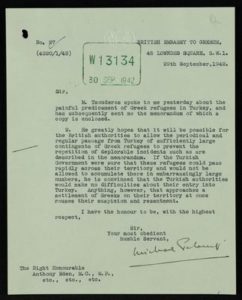 Until March 31, the Library has trial access to Refugees, Relief, and Resettlement: Forced Migration and World War II, which “chronicles the plight of refugees and displaced persons across Europe, North Africa, and Asia from 1935 to 1950, bringing together over 650,000 pages of pamphlets, ephemera, government documents, relief organization publications, and refugee reports that recount the causes, effects and responses to refugee crises before, during and shortly after World War II.” The records are sourced from the foreign and colonial office files in the U.K. National Archives, the U.S. State Department from the National Archives Records Administration, the British India office collection from the British Library, and the archives of World Jewish Relief.
Until March 31, the Library has trial access to Refugees, Relief, and Resettlement: Forced Migration and World War II, which “chronicles the plight of refugees and displaced persons across Europe, North Africa, and Asia from 1935 to 1950, bringing together over 650,000 pages of pamphlets, ephemera, government documents, relief organization publications, and refugee reports that recount the causes, effects and responses to refugee crises before, during and shortly after World War II.” The records are sourced from the foreign and colonial office files in the U.K. National Archives, the U.S. State Department from the National Archives Records Administration, the British India office collection from the British Library, and the archives of World Jewish Relief.
Trial: America in World War Two: Oral Histories and Personal Accounts
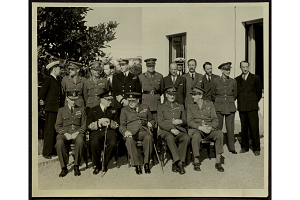 The Library currently has trial access to the Adam Matthew Digital resource, America in World War Two: Oral Histories and Personal Accounts. The collections included in the digital archive are sourced from the National World War II Museum in New Orleans. The publisher states: “Our aim has been to digitize a sizeable proportion of these collections, which document the sweeping narrative of the American experience in this global conflict. In close collaboration with the Museum and with valuable input from our scholarly, editorial board, we have showcased hundreds of archive collections, oral histories and objects. For document collections we have focused on archive content, containing primarily, but not exclusively, diaries, correspondence, scrapbooks, training manuals, periodicals, albums, sketches, greetings cards and photographs. We have also included some rare books, as well as a honed selection of objects, which act as a representative sample of items in the individual collections we have chosen, as well as some choice objects featured in the museum galleries that complement our key themes.”
The Library currently has trial access to the Adam Matthew Digital resource, America in World War Two: Oral Histories and Personal Accounts. The collections included in the digital archive are sourced from the National World War II Museum in New Orleans. The publisher states: “Our aim has been to digitize a sizeable proportion of these collections, which document the sweeping narrative of the American experience in this global conflict. In close collaboration with the Museum and with valuable input from our scholarly, editorial board, we have showcased hundreds of archive collections, oral histories and objects. For document collections we have focused on archive content, containing primarily, but not exclusively, diaries, correspondence, scrapbooks, training manuals, periodicals, albums, sketches, greetings cards and photographs. We have also included some rare books, as well as a honed selection of objects, which act as a representative sample of items in the individual collections we have chosen, as well as some choice objects featured in the museum galleries that complement our key themes.”
Access to the resource ends September 27th. During the trial you will not be able to download documents. Please send your feedback to dorner@berkeley.edu.
Primary Sources: Patriotes aux Armes! (Patriots to Arms!): The Underground Resistance in France, Belgium, Holland, and Italy, 1939-1945
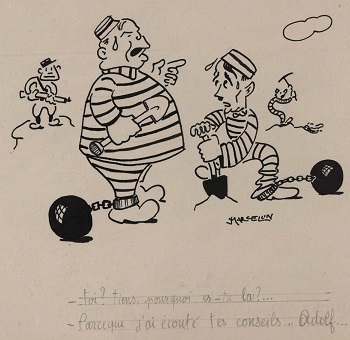 The Library’s recent acquisition of Patriotes aux Armes! (Patriots to Arms!): The Underground Resistance in France, Belgium, Holland, and Italy, 1939-1945 includes newspapers and periodicals, broadsides, leaflets, books, pamphlets, and other documents produced by or relating to the underground resistance in France, Belgium, Holland, and Italy. The organization of the collection housed at McMaster University Library can be found on the landing page. Links to the finding aids at the Library provide access to more detailed PDF documents that describe the holdings.
The Library’s recent acquisition of Patriotes aux Armes! (Patriots to Arms!): The Underground Resistance in France, Belgium, Holland, and Italy, 1939-1945 includes newspapers and periodicals, broadsides, leaflets, books, pamphlets, and other documents produced by or relating to the underground resistance in France, Belgium, Holland, and Italy. The organization of the collection housed at McMaster University Library can be found on the landing page. Links to the finding aids at the Library provide access to more detailed PDF documents that describe the holdings.
Primary Sources: Women at Work during World War II: Rosie the Riveter and the Women’s Army Corps
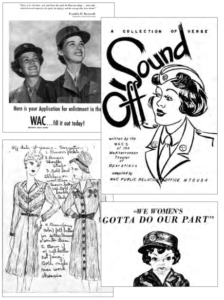 A new Library acquisition is Women at Work during World War II: Rosie the Riveter and the Women’s Army Corps. This module contains two major sets of records documenting the experience of American women during World War II: Records of the Women’s Bureau of the U.S. Department of Labor, and Correspondence of the Director of the Women’s Army Corps. Primary sources document a wide range of issues pertinent to women during this time of turbulent change, including studies on the treatment of women by unions in several midwestern industrial centers, and the influx of women to industrial centers during the war. Topics covered in records and correspondence include women’s work in war industries, pivotal issues like equal pay, childcare and race, and extensive documentation on the women who joined and served in the Women’s Army Corps as WACs.
A new Library acquisition is Women at Work during World War II: Rosie the Riveter and the Women’s Army Corps. This module contains two major sets of records documenting the experience of American women during World War II: Records of the Women’s Bureau of the U.S. Department of Labor, and Correspondence of the Director of the Women’s Army Corps. Primary sources document a wide range of issues pertinent to women during this time of turbulent change, including studies on the treatment of women by unions in several midwestern industrial centers, and the influx of women to industrial centers during the war. Topics covered in records and correspondence include women’s work in war industries, pivotal issues like equal pay, childcare and race, and extensive documentation on the women who joined and served in the Women’s Army Corps as WACs.
Primary Sources: Japanese American Evacuation and Resettlement Study Digital Archive
The Bancroft Library is pleased to announce the publication of the Japanese American Evacuation and Resettlement Study Digital Archive.
The result of a two-year digitization project generously funded by the National Park Service as part of the Japanese American Confinement Sites Grant Program, the digital archive makes available nearly 100,000 original manuscript items from The Japanese American Evacuation and Resettlement Study initiated in 1942 at the University of California, Berkeley. This research project sought to document the mass internment of Japanese Americans by embedding Nisei social science students recruited from the Berkeley campus into selected internment sites.
The Japanese American Evacuation and Resettlement Study Digital Archive website provides access to this massive collection of research materials through various means, including textual searches and browsing options, visual mechanisms such as GIS tagging and interactive maps, a timeline, and pointers to related resources. The collection comprises daily journals, field reports, life histories, extensive correspondence between staff, evacuees, and others, and secondary research materials collected and compiled by the research staff.
Margo Padilla
Digital Project Archivist
The Bancroft Library
Primary Sources: Japanese American Evacuation and Resettlement Study Digital Archive
The Bancroft Library is pleased to announce the publication of the Japanese American Evacuation and Resettlement Study Digital Archive.
The result of a two-year digitization project generously funded by the National Park Service as part of the Japanese American Confinement Sites Grant Program, the digital archive makes available nearly 100,000 original manuscript items from The Japanese American Evacuation and Resettlement Study initiated in 1942 at the University of California, Berkeley. This research project sought to document the mass internment of Japanese Americans by embedding Nisei social science students recruited from the Berkeley campus into selected internment sites.
The Japanese American Evacuation and Resettlement Study Digital Archive website provides access to this massive collection of research materials through various means, including textual searches and browsing options, visual mechanisms such as GIS tagging and interactive maps, a timeline, and pointers to related resources. The collection comprises daily journals, field reports, life histories, extensive correspondence between staff, evacuees, and others, and secondary research materials collected and compiled by the research staff.
Margo Padilla
Digital Project Archivist
The Bancroft Library
